Emergency prepardness poster’s are available from the New Jersey Department of Agriculture on the website page “Emergency Preparedness/ Homeland Security, CART” at the link: https://www.nj.gov/agriculture/news/hottopics/topics050107.html
The green and white poster’s provide a quick checklist on Being Alert, Being Secure, Being Clean, and Who to Contact if suspicious activity of unexplained illness occurs on your farm. Take the time to print the most appropriate poster for you operation and add the contact information for your designated county emergency management official and designated county agent for farm related evacuations and call center activities. Remember, If you do not have your county agent phone number in your cell phone they most likely do not have yours.
SPECIFIC POSTERS
Agriculture Aviation
Animal Feed Industry
Aquaculture Industry
Cattle Industry
Dairy Industry
Equine Industry
Farmstand/Roadside Market
Fertilizer Manufacturer/Distributor Industry
Grain and Forage Producer Industry
Livestock, Poultry Auction
Poultry Industry
Slaughterhouse Industry
Small Ruminant Industry
Swine Industry
Veterinary Hospitals
Wholesale Produce Industry
Zoos, Animal Exhibits, Shows, Fairs and Petting Zoos
For all producers and pet owners, species-specific information related to evacuations and shelter locations can be found in the County Animal Response Teams (CART) tab at https://www.nj.gov/agriculture/animalemergency/
Specific information useful to livestock and equine owners is also available at https://www.fema.gov/blog/preparing-farm-animals-disaster
*Producers farming in the ten-mile radius emergency planning zone of the Salem Nuclear Power Plants should print and post the most recent addition of the New Jersey-Delaware Emergency Plan Information Booklet.
**Salem County producers, if you would like to participate in a ‘mock evacuation’ planning session for livestock and horses, and fill out your customized plan, contact Melissa Bravo at the County Extension Office.

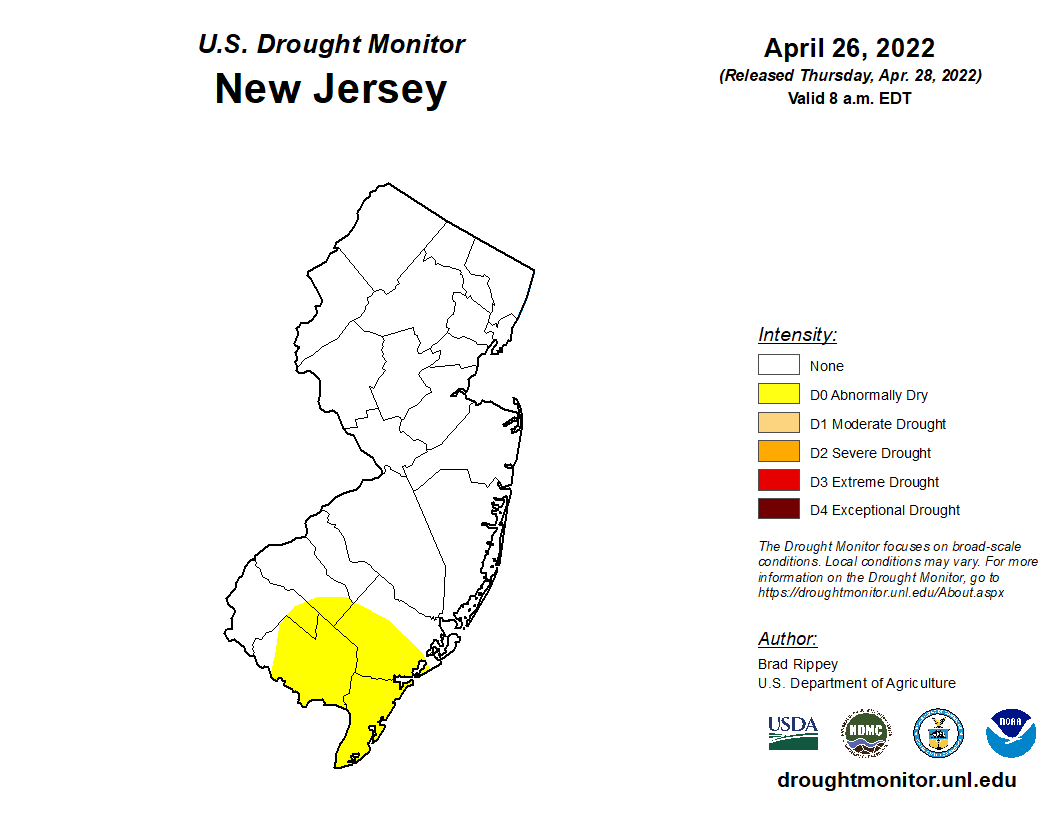
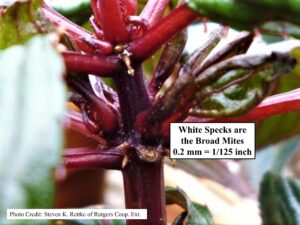
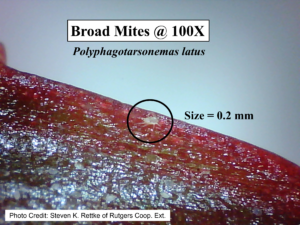
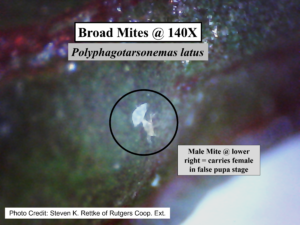
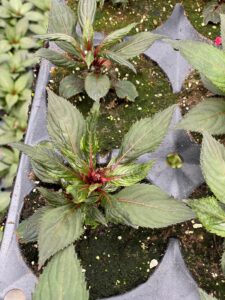
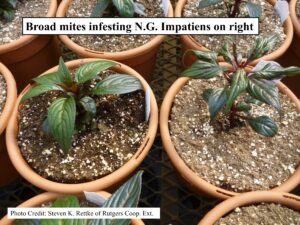 Dealing with Broad Mite, Greenhouse Product News
Dealing with Broad Mite, Greenhouse Product News